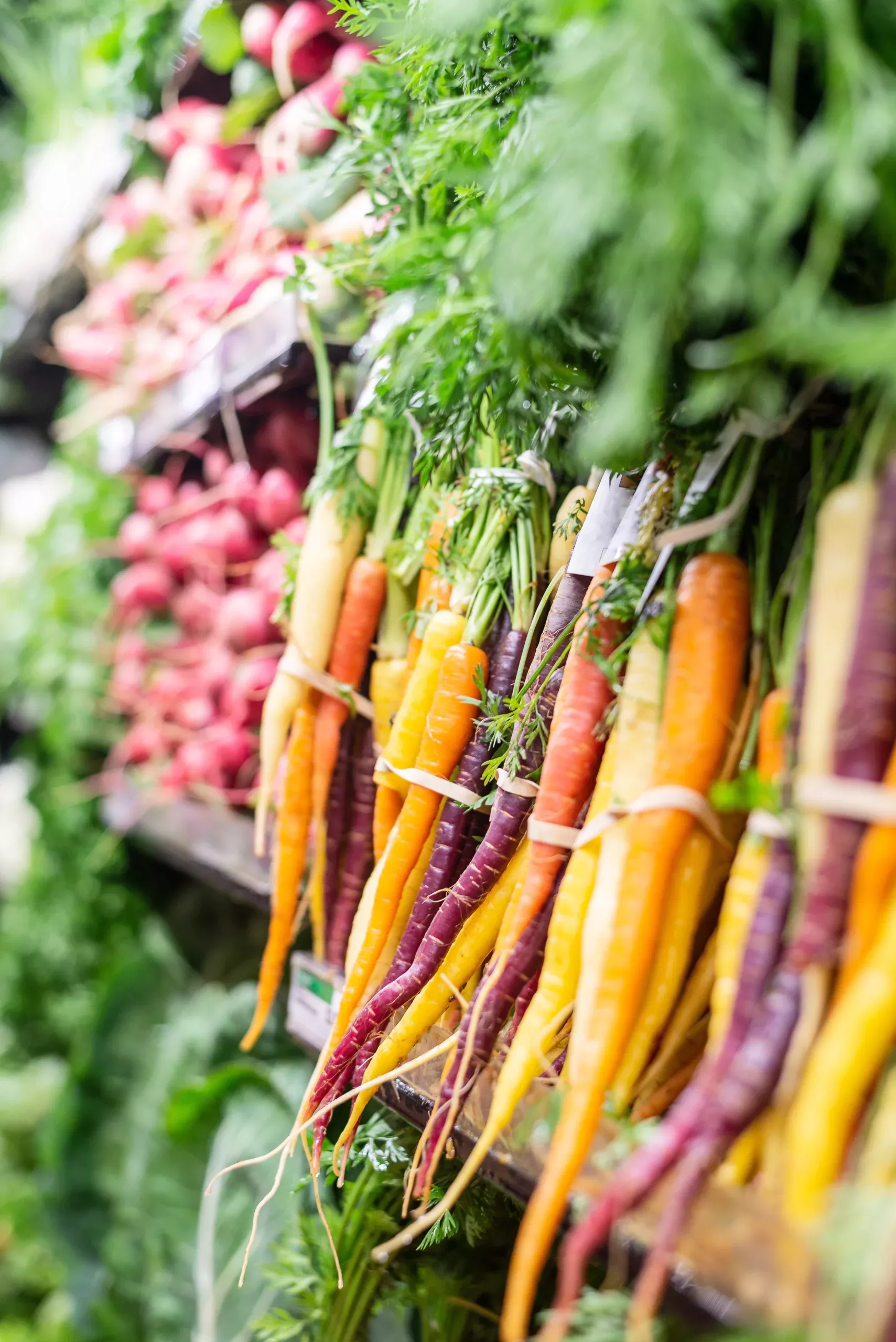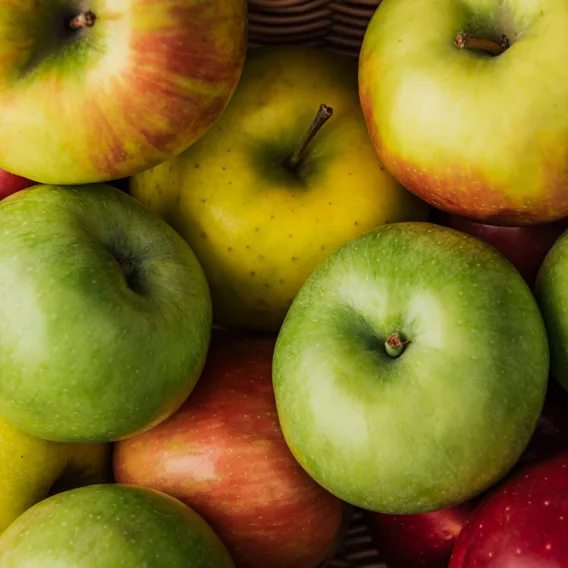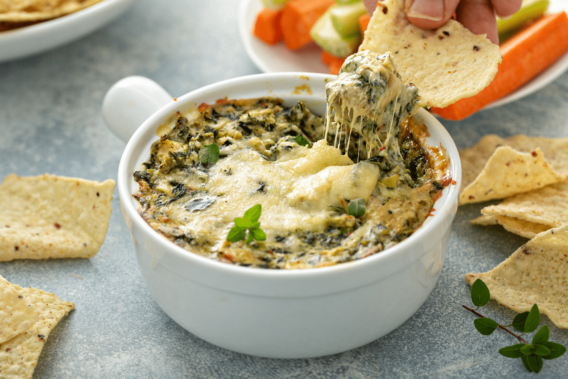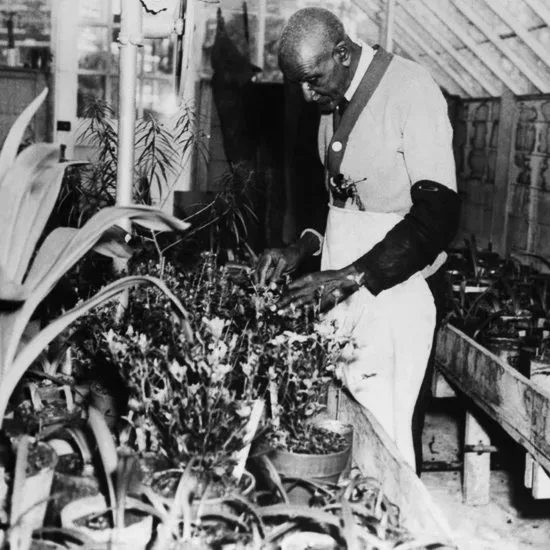
Garden Fresh
We believe that produce should taste good. It’s our mission to source high-quality produce year round. We are committed to sourcing produce directly from local family farms, whenever we can, and maintaining a department of 90% organic produce. The Co-op prioritizes the hard work and survival of Washington farms that we know and trust.
Produce staff are super knowledgeable about the produce we sell and the farms we work with. Ask for recommendations!
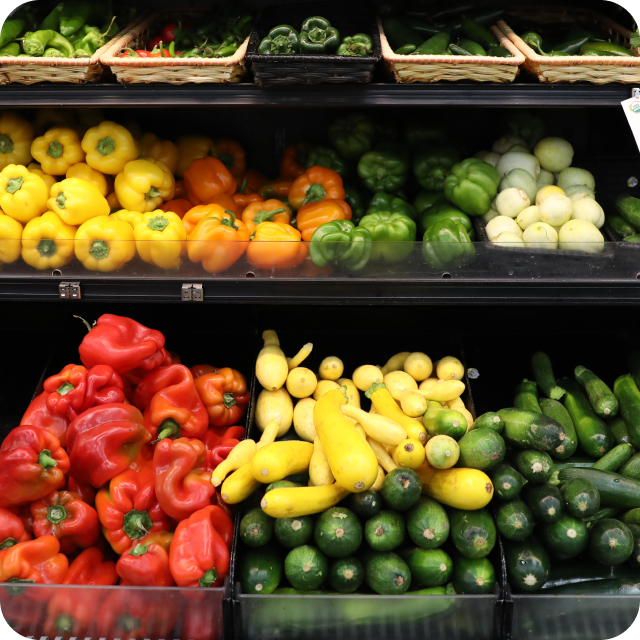
Produce Sales
We always include high quality produce in our weekly Fresh Deals, check out our current sales!
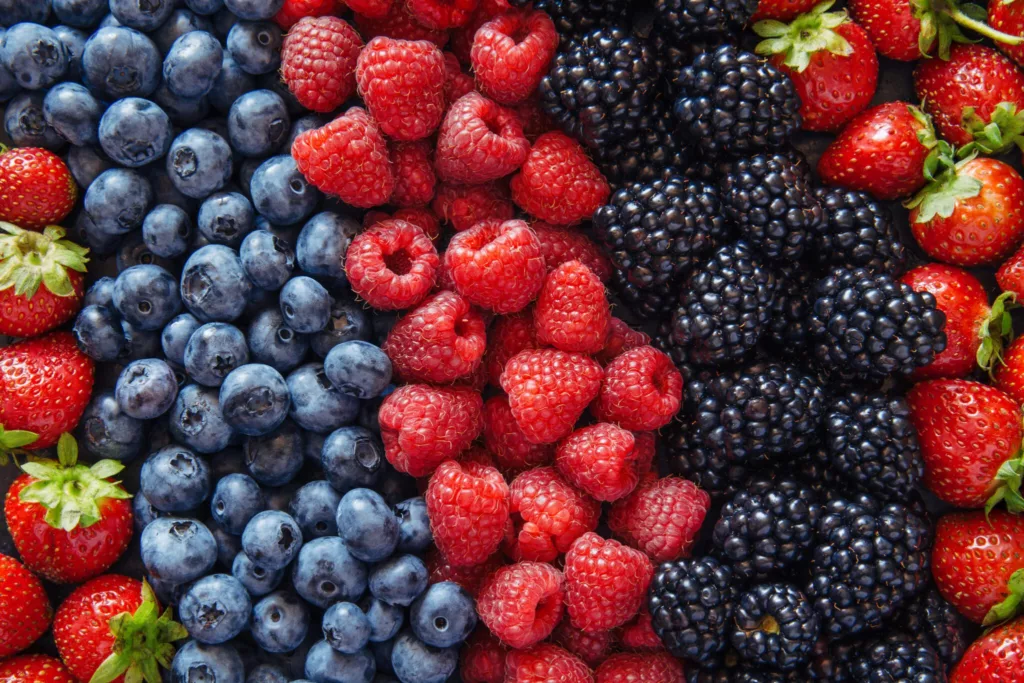
Seasonal Produce
Fruits and vegetables taste best when they’re in-season and don’t have to travel too far. Check out when produce is in-season in and around Whatcom County.
